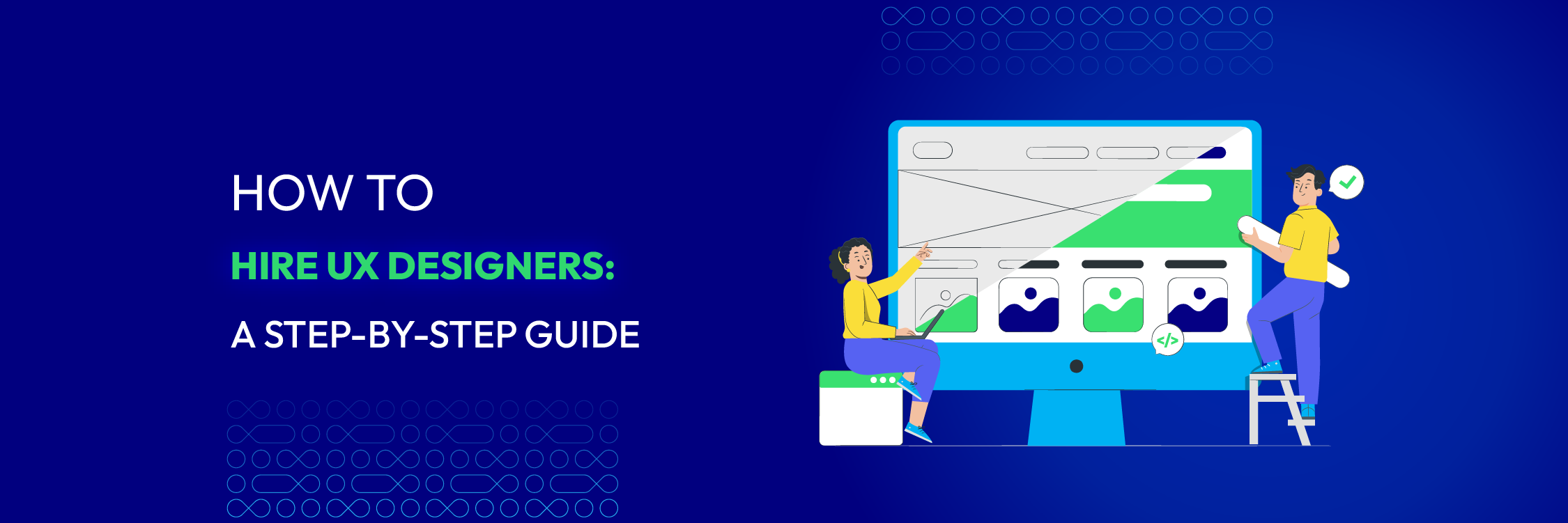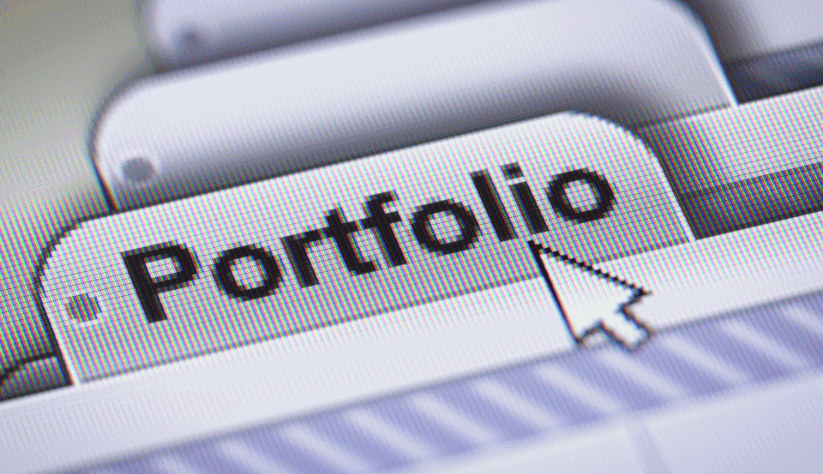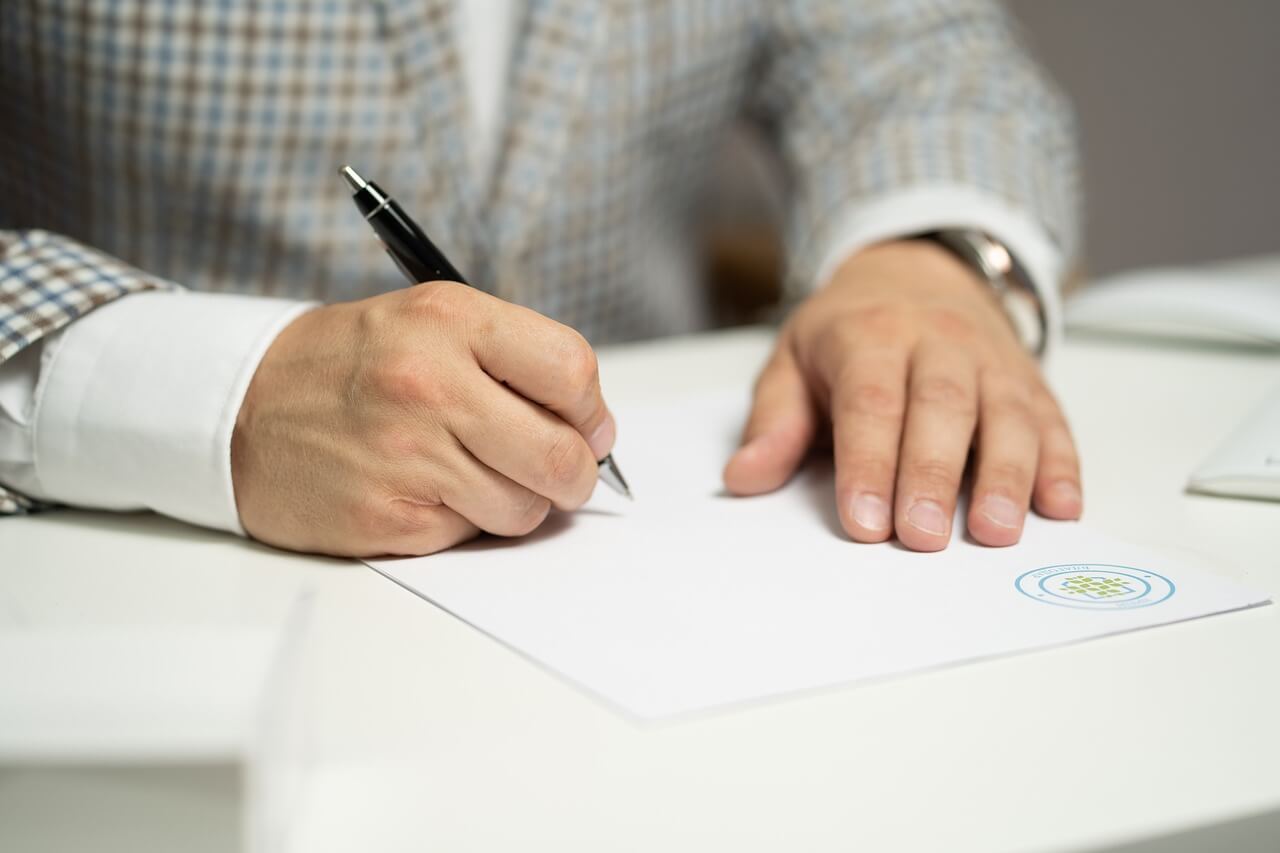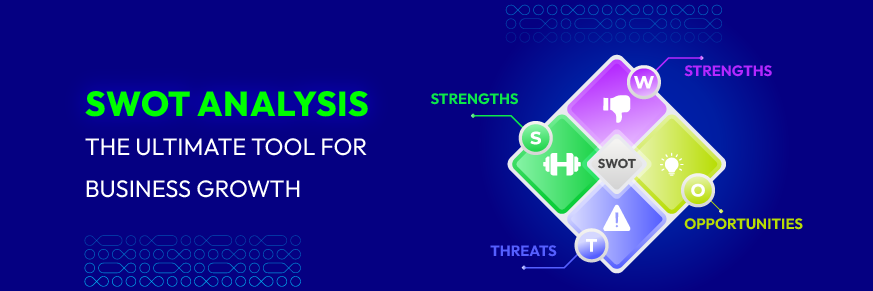How to hire UX designers: A step-by-step guide
Summer Nguyen | 12-22-2023

UX Design has emerged as one of the most sought-after professions in the technology industry over the past few years, as the user experience plays a vital role in every successful product. Hiring the right UX designer can make all the difference in creating a user-friendly and engaging experience for your customers.
In this blog, we will provide a step-by-step guide on hiring UX designers, ensuring your hiring process goes as smoothly as possible. Knowing who and how to hire is essential for business, and we will make it easy for you. Let’s explore!
Who are UX designers?
UX designers are professionals who create user-centered designs for digital products and services. Their job is to ensure that the products and services they develop are intuitive, simple to use, and provide a meaningful user experience. Most importantly, a UX designer’s ultimate goal is to deliver solutions that address users’ needs and pain points.

UX designers often have a background in information technology, design, psychology, or human-computer interaction. That said, many individuals from a wide range of backgrounds are shifting their focus to UX design by career transition.
What are the main roles and responsibilities of a UX designer?
A UX designer oversees various aspects of a product’s development, such as its design, functionality, usability, and even branding and marketing. Given this wide scope of duties, it is no surprise that UX designers are responsible for many responsibilities.
Here are some of them:
- Conduct User Research
UX design involves a lot of research that many people may not realize. This research is essential to understand the user and their needs. There are three main types of research in UX design: market research, product research, and user research.
User research is vital because it helps designers learn about customers’ behavior, motivations, and needs. This information is used to identify opportunities for product solutions that can meet the user’s needs.
UX designers also conduct a competitive analysis to identify gaps and opportunities to pinpoint core features for MVP (Minimum Viable Product). UX designers use various methods to gather insights and information about target users, such as data collection, surveys, user interviews, and focus groups.
- Create User Persona
Creating user personas is another critical responsibility of UX designers. During this phase of the UX design process, UX designers analyze their research findings to identify patterns and commonalities among users. They use this information to create fictional personas representing different types of users.
Each persona details the user’s demographics, motivations, needs, and potential responses. This information is helpful for developers because it provides a clear picture of who the product is being designed for and ensures that the product meets its target users’ needs.
- Develop Information Architecture (IA)
Information Architecture (IA) is how information is organized and presented to help users navigate a product or website. It’s like a map that shows users where they are and where they need to go to find the information they want. IA aims to make the product or site easy to use and understand.

The job of a UX designer is to create a blueprint that optimizes how users interact with the product. This blueprint helps the design team build wireframes and prototypes that reflect the IA and ensure that the product or site is user-friendly and meets the needs of its users.
- Create Userflow and Wireframes
Another vital task of UX designers is to create Userflow and Wireframes. UX designers create user flows to map out the user’s path when using a product. User flows are like flowcharts that show each step of the user’s journey, from the moment they enter the product to the final interaction. This helps designers understand how users navigate the product and identify areas where the user experience can be improved.
As part of the process of building a product, UX designers create wireframes. Wireframes are basic sketches that show the different screens or stages of the product as the user moves through it. They include simple designs of the user interface elements, which serve as a blueprint for the final product.
Wireframes are low-fidelity designs that help designers visualize the product and ensure it meets the user’s needs. They are an important step in the product design process and serve as a guide for further development and refinement of the product.
- Prototype and create high-fidelity design
Prototypes are more advanced versions of wireframes that UX designers create to test the product with users and illustrate it to the development team. Prototypes have a look and feel similar to the final product and allow UX designers to test practical variations of the user experience.
- Perform User Testing
UX designers use different methods to test their products and ensure they are user-friendly. One of the most common methods is user testing, where users interact with a product prototype to evaluate its accessibility, usability, and ease of use.

By testing their products with real users, UX designers can ensure that the product meets its target audience’s needs and provides a positive user experience.
- Visual Design
You may think visual design is the job of UI designers (User Interface), but in small and mid-sized companies, this task falls upon UX designers. That’s why a UX designer is also evaluated based on their color schemes, icons, typography, and visual hierarchy skills.
Why should you hire UX designers?
At the beginning of the hiring process, you may need to consider why you need a UX designer in your team. Here are some reasons why:
- UX designers improve user experience and make users come back
Creating a good user flow, designing an attractive interface to attract customers, and providing an engaging user experience are all critical tasks that fall under the responsibility of the UX designer. If users have a bad experience using your product, they will likely abandon it. Hiring a skilled UX designer can prevent this nightmare scenario. They will help ensure that your product meets the needs of your users and has an engaging user experience.
- UX designers boost business growth
A positive user experience can help your business expand by increasing client retention, attracting new consumers, and improving your brand’s reputation. Hiring a good UX designer can result in long-term benefits for your company, such as improved sales and profitability.
- UX designers can help you gain a competitive edge
Have you ever wondered why some food delivery apps are more popular than others? Take DoorDash, GrubHub, and Uber Eats, for example. They all offer the same service: delivering food straight to your doorstep. Yet, Uber Eats has 66 million annual users, twice as many as GrubHub and three times more than DoorDash.

What sets Uber Eats apart? One of the reasons is its excellent user experience, which can be attributed to the hard work of the UX and UI designers behind the app. These designers have ensured that the app is easy to use, visually appealing, and provides a seamless experience for users.
How much does it cost to hire UX designers?
- In-house UX designers: For an in-house UX designer in the US, salaries can range from $50,000 to $175,000 per year.
- Freelancers: Freelance UX designers may charge anywhere from $10 to $100 per hour or more. The median hourly rate for UX designers on their platform is $25-$39. Platforms like Toptal are typically more expensive than Upwork, with hourly rates estimated to be $120 per hour and above. Fiverr may offer some of the cheapest per-project prices available.
- Outsourcing UX designers to agencies: In Western countries, agencies often charge for a month of work, with rates ranging from $8,000 per full-time junior designer and above, to $10,000-$16,000 for a senior designer. Alternatively, agencies may charge an hourly rate, which is typically $50 on average and above.
However, determining the cost of hiring UX designers is not straightforward. Factors such as geography, specific area of expertise, and type of engagement can all impact the price.
Where to hire UX designers?
If this is your first time looking for a designer, you may not know where to begin. Fortunately, we have a few suggestions.
- Professional networks
If you don’t have much experience hiring UX designers, consider visiting professional social network platforms. One way to do this is to look for experienced designers who work for companies you admire or consider leaders in the field. By studying their background and work experience, you can understand what a perfect candidate would look like. Some of the common professional networks to hire UX designers are Upwork, LinkedIn, and Toptal.
- UX design communities
If you’re searching for UX designers, there are numerous online communities where designers can showcase their work and share their portfolios. These communities are a great place to find skilled designers from around the world, browse through a wide variety of designs, and even post job listings with your specific requirements.
However, it’s important to keep in mind that while these online communities are fantastic for reviewing visual designs, they’re not always the best resource for understanding the underlying strategies used by designers. Some popular online UX design communities include Dribbble, Behance, Coroflot, and Awwwards.
- UX job boards
When finding a UX designer for your project, it’s important to post your job listing on job boards specializing in UX design. By doing this, you can be sure that your listing will be seen by designers with the skills and experience you’re looking for. Some popular job boards for UX designers include Designer Hangout, UX Job Boards, and Just UX Jobs.
What should you know before hiring a UX designer?
- Take into account the competitive UX job market
The field of UX design is highly competitive, with many companies, agencies, and consultancies all competing for the attention of talented designers. As a result, it’s crucial to know not only how to attract top talent but also how to retain it. When hiring a UX designer, it’s important not to underestimate your competitors.
The competitive market for UX design talent means finding and keeping top designers can be challenging. To increase your chances of success, it’s important to fine-tune your employee retention strategy before making any hires.
- Don’t judge quantity over quality
One common mistake that many companies and recruiters make is focusing too much on quantity when evaluating a UX portfolio. Specifically, they may judge a designer’s portfolio based on the number of case studies and design samples included.

However, this can be a costly mistake when hiring a UX designer. The number of samples in a portfolio has little to do with the actual UX design process and may not accurately reflect the designer’s skills and experience. Instead, it’s important to focus on the quality of the work presented in the portfolio.
- Create an attractive job description
If you want to attract the best UX design talent, it’s crucial to create a job description that stands out from the crowd. Start by sharing your company story and explaining what sets you apart from other employers. What’s your mission? What kind of work culture do you foster? What kind of skills and experience are you looking for?
By presenting a clear and compelling vision, you can attract top talent and ensure they are excited about the opportunity to work with your company.
- Set clear deadlines
When it comes to UX design, it’s important to avoid setting unrealistic deadlines and rushing the designer. Doing so can do more harm than good and may ultimately decrease your product’s chances of success. Great UX design takes time, so it’s important to accept this and give the designer the time they need to do their job properly.
- Don’t merge separate roles
One common mistake that companies make is trying to combine multiple job roles into one, such as having one person handle UX, UI, development, marketing, and QA. While it may seem tempting to hire a “rockstar” who can do it all, this approach can be counterproductive and even detrimental to your product.
Instead of hiring a second-rate UX designer who is expected to handle multiple tasks, it’s better to invest in a bona fide expert who can focus solely on the UX design process. This move will save you time and money in the long run by ensuring that your product is designed with the user in mind and delivers the results you’re looking for.
Top strategies for hiring UX designers
Hiring talented UX designers can also depend on your hiring strategies. Here are some of the most common strategies that we will outline for you:
- Outsourcing UX designers
Outsourcing companies and design agencies can be an excellent option for accessing a wide range of UX design specialists from around the world. While partnering with outsourcing companies may be expensive, the benefits include increased reliability, better work processes, and an approach to a broader range of services.

When working with a design agency, you don’t need to worry about taxes, salaries, bonuses, or workspaces. However, you can still get a dedicated designer to learn about your business through organized communication. It’s important to note that most outsourcing companies offer various cooperation options, from dedicated teams to IT staff augmentation.
For example, you can hire a dedicated UI/UX designer to work with your team for specific hours or get a whole team of IT specialists to work on a larger project. By partnering with an outsourcing company or design agency, you can access a broader range of expertise and resources than you might have in-house.
- Hiring an in-house UX designer
When hiring mobile UX designers, many businesses opt to bring designers in-house when they have a steady workflow that requires ongoing design work.
Hiring an in-house designer can give you someone who knows your business from the inside out. This is especially important for complex products requiring a unique design voice. You can take a personalized approach to UX design with an in-house designer.
However, it’s important to note that hiring in-house designers is typically more expensive than outsourcing companies. You’ll need to cover all expenses, including sick leave, paid vacations, bonuses, salary, taxes, equipment, and workspace.
- Hiring freelance UX designers
Freelance designers are a great option for short-term projects and small teams. That’s why freelance platforms are often the go-to place for finding UX designers for startups. However, managing a large team of freelancers can be challenging as they typically require more time for management.

Hiring freelancers offers new opportunities, as you can hire from anywhere in the world. The cost of hiring a freelancer usually depends on their location, so you can save money by looking for a UX expert in countries with lower living costs.
However, there is one major downside to hiring freelancers: they may not be as stable in their work and may not have the same level of commitment to your product as an in-house designer. As a result, you may end up with a good but generic design.
A step-by-step guide to hiring UX designers
Defining your requirements
Before you start looking for a UX designer, it’s important to ask yourself why you need one. This will help you determine your requirements and business needs, which will serve as the foundation for your design project. To answer this question, you should list specific goals and objectives you want to achieve through your design project.
For example, suppose you’re planning to create a mobile application to increase conversions and sales and boost brand awareness. In that case, your list of requirements might include things like a user-friendly interface, seamless navigation, and a visually appealing design.
It’s also important to share key information about your business with the designer, such as your competitors and what sets you apart from them. This will help the UX designer create a design that reflects your unique business traits and aligns with your overall brand strategy.
Sourcing potential candidates
Once you clearly understand what you’re looking for in a UX designer, it’s time to start your search. Various resources are available to help you find the right designer, including freelance platforms, outsourcing companies, and design agencies. Be sure to do your research and explore all of your options.

Once you’ve compiled a list of potential designers or agencies, it’s important to thoroughly analyze them to ensure that they meet your needs and expectations.
Evaluating the UX designer’s portfolio
If you want to hire UX designers who meet your business’s needs, an important step you cannot miss is evaluating their portfolio. A strong portfolio of a UX designer reflects a designer’s skills, experience, and problem-solving approach.
When reviewing a designer’s portfolio, look for a diverse range of projects demonstrating their ability to work on different types of products and with different industries. Pay attention to the usability, functionality, and visual design of the projects in the portfolio.
In addition to evaluating the quality of the work in the portfolio, it’s also important to consider the context in which the work was created. For example, suppose the designer worked on a project for a similar industry or business model as your own. In that case, this may be a good indicator that they have relevant experience and can deliver results for your project.
One thing to keep in mind is that you should pay attention to the structure and presentation of the portfolio and try to be attentive to details. The designer’s thinking process and problem-solving skills also play a great role in determining if they are a good fit for your business.
Interviewing candidates and testing
Interviewing a UX designer is similar in many ways to interviewing any other professional. However, there are some specific considerations when evaluating a UX designer for your project.
During the interview process, assessing the candidate’s communication skills, accountability, problem-solving approach, and ability to think creatively and strategically is important. You can use the STAR (situation, task, action, result) model to determine if the candidate has such skills.
After interviewing the candidate, if you feel that the candidate is a good fit for the job, you can test the candidate with a bring-home test. Doing this lets you evaluate the candidate’s skills with real-life scenarios. You need to ensure the candidate does exactly what is required in the test and compare their work against the portfolio.
Signing a contract
If you’re working with a design agency or experienced freelancer, it’s important to protect yourself by signing a contract outlining your project’s details. This contract should include important information such as the scope of work, project timelines, and payment terms.

By signing a contract, you can ensure that both parties are clear on the expectations and deliverables for the project. This can help prevent misunderstandings or disputes down the line and ensure that your project is completed on time and within budget.
In addition to outlining the details of the project, a contract can also provide important legal protection for both parties. For example, it can include clauses that protect you from unsatisfactory work or missed deadlines and provide a framework for resolving disputes.
Onboarding your new hire
Onboarding is a vital phase in the hiring process for UX designers because it sets the tone for the rest of the project. It’s critical that your new UX designer feels welcomed, supported, and prepared to hit the ground running.
The first step in onboarding a new employee is to introduce them to your team and the culture of your business. Setting up a welcoming meeting or lunch and explaining the company’s mission, beliefs, and ambitions might be part of this.
It is also critical to provide any necessary instruction or guidance to your new recruit to ensure that they understand your design procedures and standards. This can include offering input on early concepts, establishing regular check-ins or design reviews, and sharing necessary documents or templates.
Wrapping up
The key to hiring a great UX designer is to take the time to evaluate your options carefully. A designer who not only has the skills and experience you need but also shares your passion for creating exceptional user experiences is what your business needs. By following the step-by-step guide in this blog, you will be assured that you will be able to hire UX designers to help grow your business.








